Hello i am designing a small Li-ion battery charger based on an custom generator which produces 36v DC output and i have designed a PCB that controls the whole procedure and logs the measured data to an SD card using an esp32. I also have a 4-20mA sensors which reads the fuel level.
I need to measure the following
- Voltage of Li-ion ( i believe it is 72v nominal & 82v fully charged ).
1.1 Voltage of the generator (36VDC but it takes some time to fully stabilize).
1.2 Voltage of a lead-acid battery that jump starts the generator(12v nominal, 13,8v fully charged).
- 4-20mA level sensor @ 24V
- Also i have some digital inputs that are on a different voltage (5v) than ESP32 i would like to read.
1) Voltage Measurement
I used a simple voltage divider to measure each voltage while using a high value R1 in order to minimize the current flowing i also added a small cap to stabilize the output for the ADS1115 ADC All the packages are 0805 except the Li-ion voltage divider that uses a 1210 package for higher thermal and voltage protection.
Does it look correct?
2) 4-20mA Sensor
The schematic has been copied from here and because there is no stock of 50Ohm resistors i opted for 2 100Ohm in parallel at the time i designed the schematic, i will probably change them to a single 50Ohm and solder them by hand.
Question 1. Does anybody know why they use the 100Ohm (R3) to GND ?
I guess that the 3.3kOhm resistors in series are there for over-current protection?
3) Digital Inputs
I used the above mentioned opt-transistor and the resistors are chosen based on a voltage input of 5v and a led Vf of 1.2v and If of 20mA with a reasonable margin of the recommended led values
Rled = (Vs - Vf)/If = 190Ohm
While the transistor resistors(1kOhm) are selected as a current limiting device
DC/DC Step-Up && Step-Down Converters
I used https://webench.ti.com/power-designer/ to copy the step-up and down schematics and PCBs and since it is my first time "drawing" using dc/dc i am extremely worried about the emf and the power dissipation that they may produce.
According to the ti designer my biggest power dissipation dc to dc is the 12v to 24v step up with a total power dissipation of 5.8W and i was wondering if i need to add some kind of heat sink in order to improve it.
Here is my layout
I used 4mm holes stitched between planes as a heatsink and i am thinking of adding a small fan to help with the power dissipation would that suffice or do i have to add a heatsink on the diode?
Noise
I am really worried that the noise for the dc/dc converters will affect my contraption so i opted for a sandwich layout, bottom layer of the main PCB is GND.
I will use 10-20mm pin headers to increase the distance of the 2 boards in a 3d printed case and i was wondering if i should predict for some kind of shielding "buried" between the 2 layers or the distance is enough to prevent EMF from the DC/DC Converters
Step-up frequency is at 400khz and step down around 530khz.
I would love for some advice if anyone can confirm that my assumptions are correct or (as usual) wrong.
